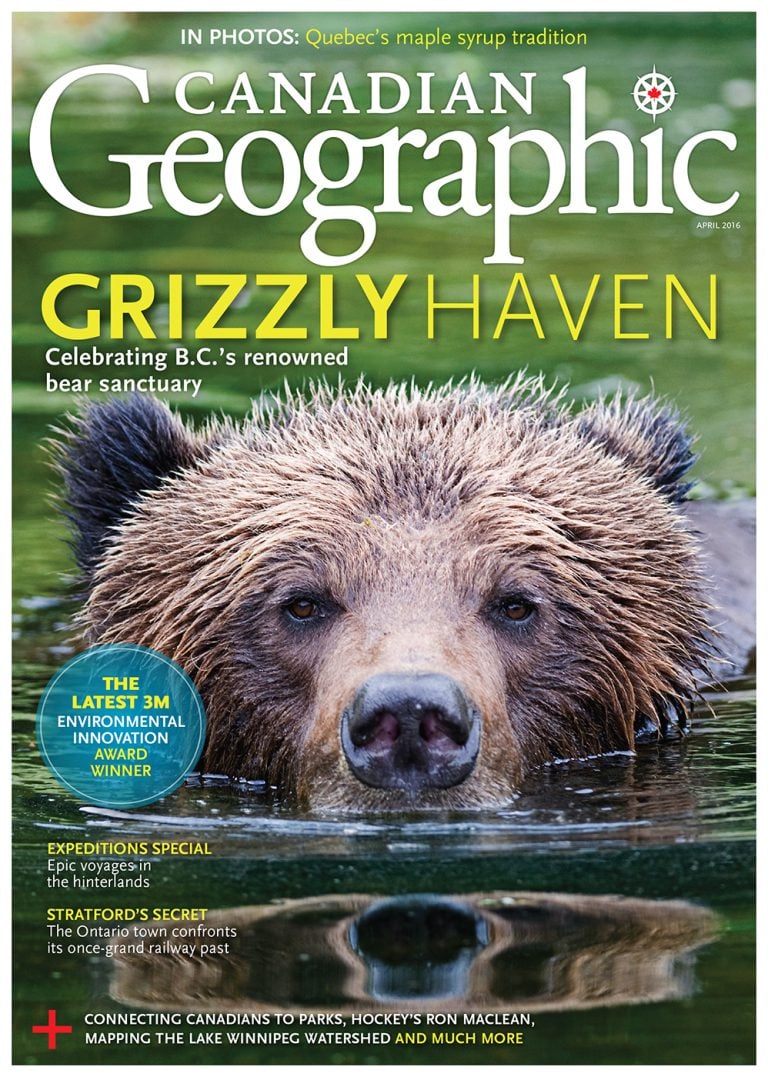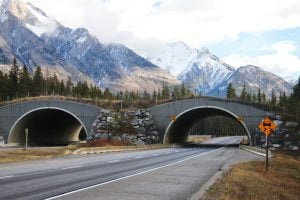It has long been thought that a zebra’s stripes help camouflage it, but a new study says there’s no evidence the animal’s distinctive markings help it evade predators.
Researchers from the University of Calgary and the University of California, Davis, calculated how a zebra’s stripes would appear to lions, spotted hyenas and other zebras when viewed in varying levels of lights and backgrounds.
Amanda Melin, a University of Calgary anthropology professor involved in the study, explains some of her work.
On how researchers tested their hypothesis
We simulated how zebra stripes would look through the eyes of predators, lions and hyenas by modeling their spatial and colour vision. We then predicted the distance over which stripes would be visible versus indistinguishable from uniform grey patterning for different animals under daylight, dusk and moonless nights.
On why people have believed the camouflage theory for so long
This hypothesis was discussed by eminent biologists, including Darwin, and was quite challenging to test. If you can’t test a hypothesis, you can’t reject or support it. Ours is one of the first efforts to devise a way to evaluate the camouflage hypothesis.
On the theory that a zebras stripes exist to lower body temperature or discourage biting flies
Our study was only designed to test the camouflage hypothesis. Other hypotheses, including parasite deterrence and temperature regulation, exist that have empirical support and have yet to be rejected, so they are still candidates.






